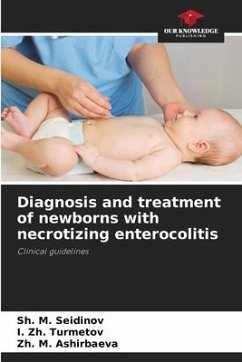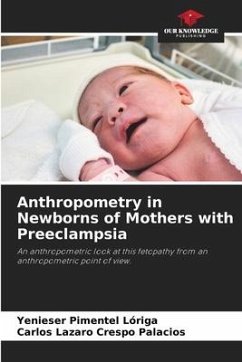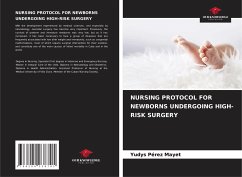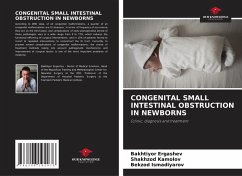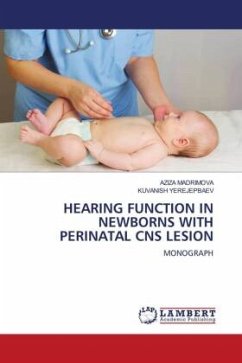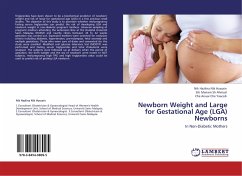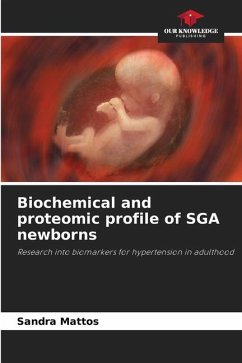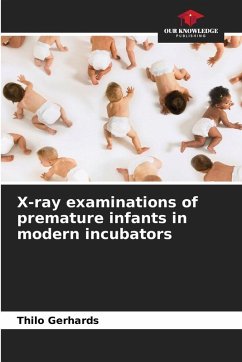
Perinatal asphyxia in term newborns
Diagnosis and management
Versandkostenfrei!
Versandfertig in 6-10 Tagen
40,99 €
inkl. MwSt.

PAYBACK Punkte
20 °P sammeln!
Perinatal asphyxia of the term newborn is a serious complication of childbirth, and the third leading cause of neonatal mortality worldwide, after complications of prematurity and neonatal infections. It is defined as metabolic acidosis at birth, with a pH below 7.0 and a base deficit greater than or equal to 12 mmol/L. Cerebral lesions are responsible for life-threatening short-term consequences (hypoxo-anoxic encephalopathy, multivisceral failure), as well as long-term consequences, the most dreaded of which is cerebral palsy (CP), as well as mental retardation and epilepsy. To date, in the ...
Perinatal asphyxia of the term newborn is a serious complication of childbirth, and the third leading cause of neonatal mortality worldwide, after complications of prematurity and neonatal infections. It is defined as metabolic acidosis at birth, with a pH below 7.0 and a base deficit greater than or equal to 12 mmol/L. Cerebral lesions are responsible for life-threatening short-term consequences (hypoxo-anoxic encephalopathy, multivisceral failure), as well as long-term consequences, the most dreaded of which is cerebral palsy (CP), as well as mental retardation and epilepsy. To date, in the absence of effective pharmacological treatment, only therapeutic hypothermia (TH) has been shown to be effective in children with anoxic encephalopathy.





